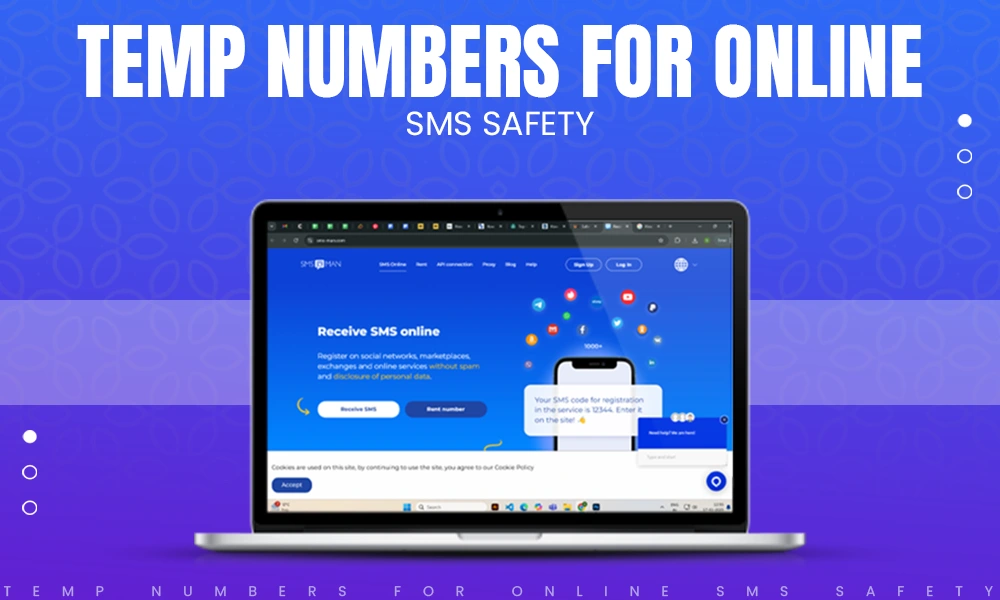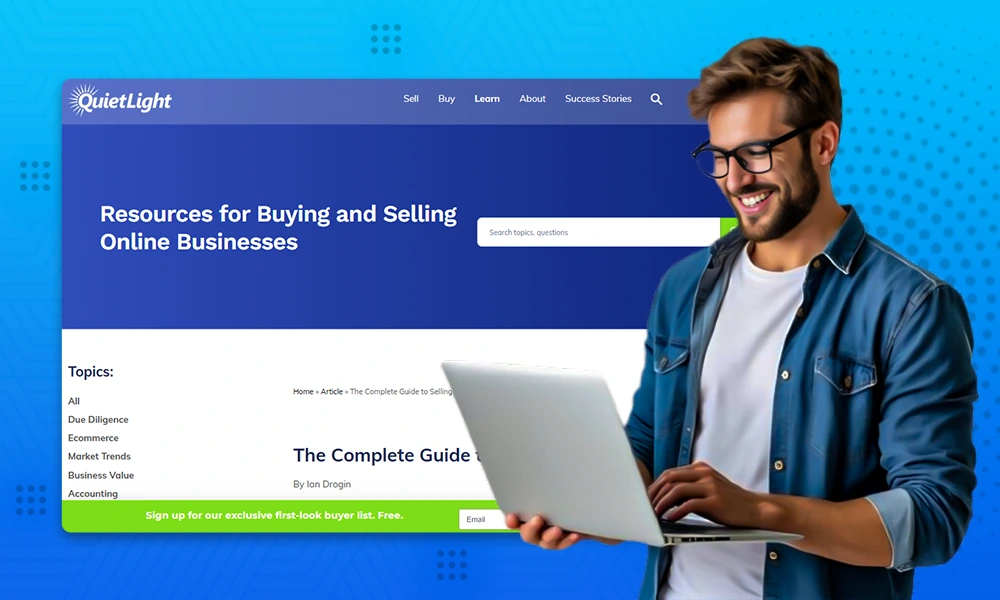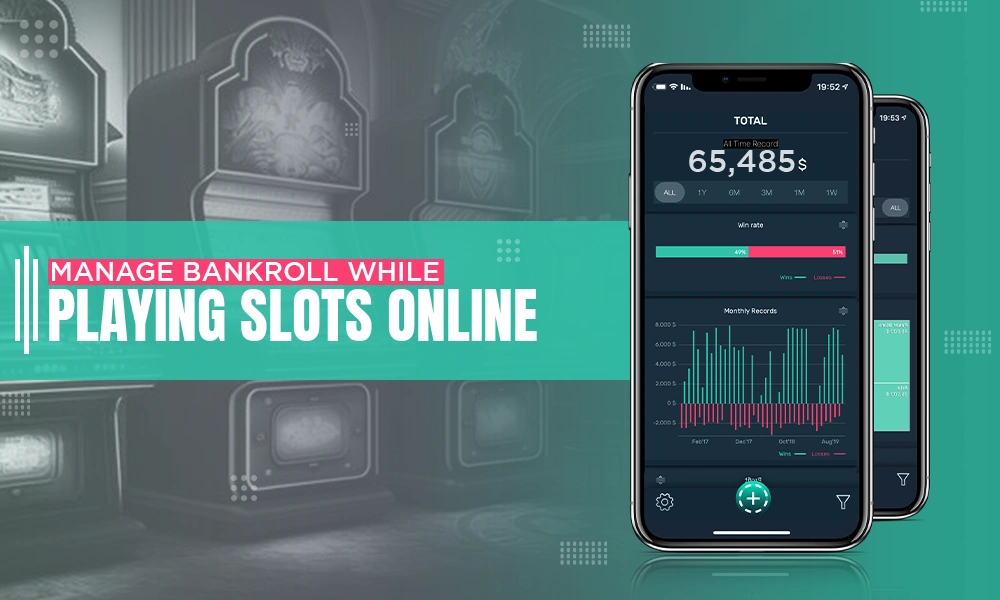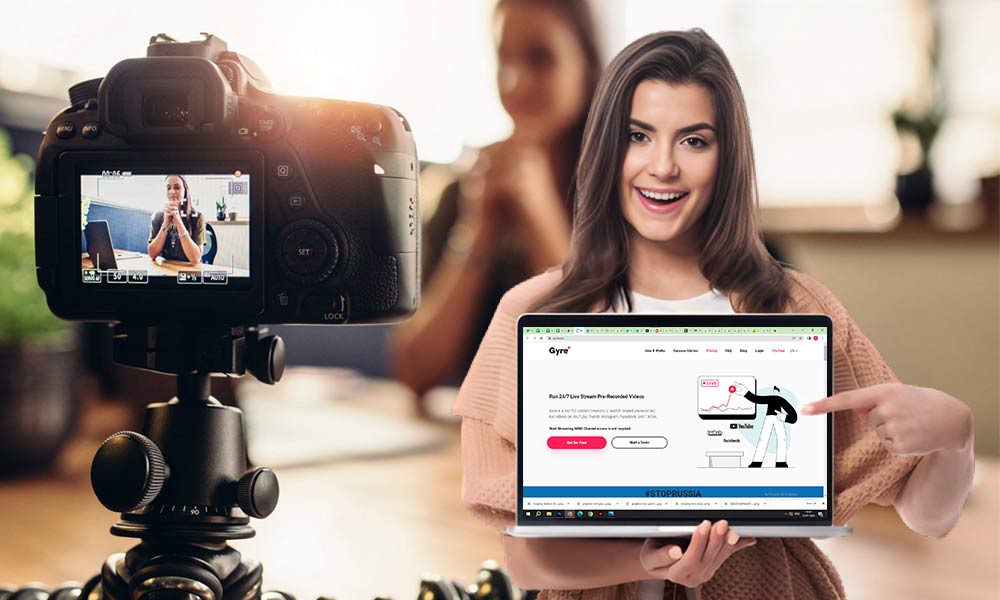How to Create an Online TV Channel for Your TV Station

Having a large corporation or owning a production studio is far more attainable in this digital era than it was previously. The trend of online streaming has been transformed due to the dramatic growth in internet users. For all digital video content producers or streaming platforms, this has opened up a world of possibilities. As a result, it encourages everyone from media firms to independent app developers to maximize their return on investment by learning how to create a TV channel. Let us take a look at the benefits and processes to air your first online TV channel. You can create a Roku Channel with ease by following this post till the end.
Benefits of an Online Channel
Convenience
When looking at streaming service providers such as Amazon or Netflix, it is evident that videos picked from the list of categories may be seen by your viewers in their own space, i.e., at any time and from any location in the globe, which became especially easy with the invention of VPN. Previously, this option was not as convenient with standard TV sets.
Connectivity
A high-speed internet connection instead of slow one provides easy access to the primary source, which is the foundation of your entertainment streaming. The most important part is to create an innovative internet television channel in high-quality streaming networks that can be provided to any suitable device anywhere globally.
Devices
You can now stream your video or music using a variety of devices ranging from your HDTV, PC, Tablet to Smart TV, iPad, Fire TV, and game consoles, allowing your viewers to experience your must-see VODs or live broadcasts at any time and from anywhere on the planet.
Variety
When you delve into the details of how to establish an online television channel, you will see that you have the ability to supply the greatest television series, tv plans, movies, and VODs that your audience could be interested in. Isn’t that a fantastic benefit for business content creators like you? It doesn’t matter what type of content you choose, as long as there is an audience for it and there is genuinely a large variety of possible content.
Affordability
If you’re thinking about creating an internet television station, your target audience is in the millions; thus your return on investment will be substantial. Furthermore, your excellent material will continue to attract a growing number of viewers, broadening the span of your audience. As a result, if you choose a one-time licensing fee to shape your streaming hub, you can count on a steady influx of customers.
Steps to Create Your Online TV Channel
Step 1: Deciding on the Purpose and Objective
A clear definition of the purpose behind the creation of an online channel is vital. It can substantially quicken the entire process for a successful launch. Be it for business promotions or in an attempt to minimize the gap in the existing market; objectives do matter. The type of content delivery through your online channel is largely dependent on the purpose as well. Tutorials, live broadcasts, sports shows, original series, and product information are all genre-specific content types suiting online broadcasting.
Step 2: Finalizing the Broadcast Plan
Broadcasting plans can either be on-demand, linear, or a combination of both. On-demand broadcasts provide your audience with complete control of the content they want to watch. On the other hand, linear or 24/7 broadcasts replicate traditional TV channels with scheduled content. But these allow more liberty with live as well as pre-recorded contents alike. Some may even opt to combine the best of both worlds for scheduled streaming along with on-demand programs in-between.
Step 3: Choosing a Platform for Broadcasting
It is technically possible to construct your own platform from the ground up and utilize your own custom-made video player on your own website and app. However, most of us lack the time and technical expertise to do so. As a result, you have the option of using a ready-to-use video hosting platform to host your videos while also embedding the player on your website. Free platforms like Facebook and YouTube can be helpful for such quests. But if you want to utilize your own branding and logos and have monetization flexibility, specialized broadcasting software can deliver better outcomes.
Step 4: Development of a Programming Schedule
It’s time to start planning your programming schedule now that you’ve chosen a platform. This is mostly determined by the material you have: both that you will create yourself and that you will acquire from third parties. When scheduling your material, keep in mind your target audience and their viewing habits. Content scheduling strategies may include time slot scheduling, block programming of relevant content, tentpole to attract more audience for focussed shows, and program stripping for fixed slot weekly shows.
Step 5: Equipment Setup
Broadcasting rented contents may not require any additional equipment at all. But if you plan to air live content regularly, then staying prepared with some basic equipment might help big time. These include an economical but quality camera for capturing videos, supporting microphones, and sufficient portable lightings. The need for a computer and mixing equipment depends on your frequency of airing self-created content purely.
While starting an online TV channel isn’t particularly difficult or expensive under existing principles, the competition is getting tighter each day. You’d have to compete with a slew of other networks from coast to coast. As a result, while building your future-focused online TV channel in the streaming industry, it’s critical to consider a variety of dimensions and characteristics.










